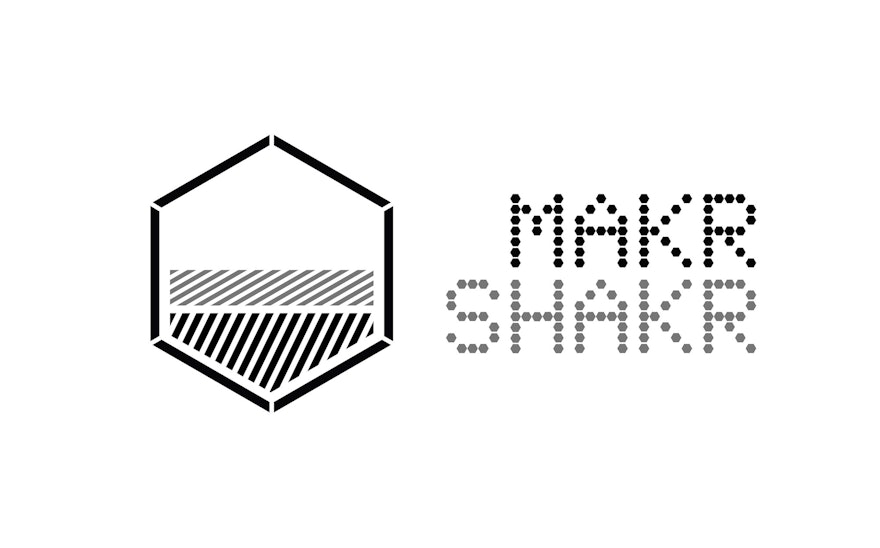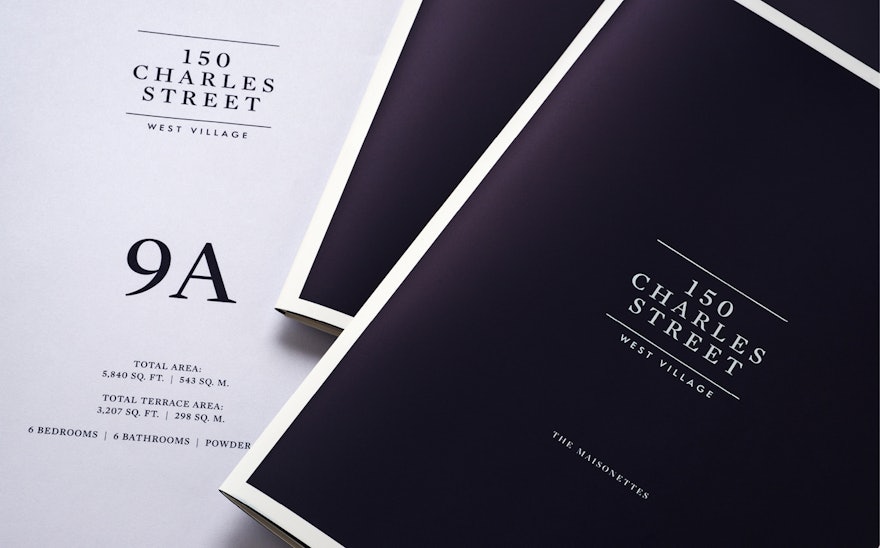As any cocktail connoisseur knows, mixology is a precise science, and everyone has their own way of customizing their favorite drink. Makr Shakr was an installation at the 2013 Google I/O conference that used robotic barmen to mix drinks in approximately one googol (that's 10 to the power of 100) different crowd-sourced combinations. Developed by the MIT Senseable City Lab in collaboration with the Coca-Cola Company and Bacardi Rum, the project featured an identity, web application and data visualization designed by Pentagram.
Conference attendees downloaded the Makr Shakr app on their handheld devices and mixed and selected ingredients as their own virtual barmen, then watched as the cocktails were crafted by three KUKA robots and delivered via conveyor belt. As the drinks were prepared, a digital display behind the bar showed the queue of drinks in the works, profiles of the users, and the precise mixture of ingredients in their drinks, as well as what cocktails and ingredients were trending across the crowd.
MIT's Senseable City Lab studies ways the built environment is changing, and Makr Shakr explores the dynamics of social creation and consumption—what Lab director Carlo Ratti calls "design, make and enjoy." Rather than trying to replace a bartender with a robot, Makr Shakr looks at how people might embrace the new possibilities offered by digital manufacturing—in this case, mechanical barmen—to help them collaborate and co-create. The app and interface gave users the opportunity to literally connect over drinks—interact with and learn from each other, be inspired by each others' choices, and share recipes and photos on social networks.
Pentagram was a co-sponsor of the project, recognizing that while robot barmen are a lot of fun, it was also a serious exploration of ways people might work together in the future and a dynamic visualization of social interaction based around product choices. The project taps into the social aspects of drinking and was a natural fit for the beverage manufacturers, who had an opportunity to study behavior and filter out information like what people are drinking, how many are drinking, what drinkers of different sexes or ages prefer, and so on. The application also tracks interesting data like how people change or enhance their next cocktails after seeing what others are drinking—how a certain ingredient or mixture is tried out, after one user sees what another is doing. (Non-drinkers were also able to participate; Makr Shakr can mix both non-alcoholic and alcoholic drinks.)
The designers at Pentagram worked closely with Ratti and his teams at the MIT Senseable City Lab and design practice Carlo Ratti Associati on the project. The designers had an accelerated schedule of only 30 days to design and build the project before a prototype was tested at Milan Design Week earlier this spring.
The designers created an app that matches the agility of the robots, as well as the scientific, step-by-step process of assembling the drinks (the "design, make, enjoy") and the horizontal orientation of the conveyor belt. The design of the app and Makr Shakr identity uses a hexagon/honeycomb system that is both organic and mechanical, and appears as a tessellating structure on screen. The app was built in Javascript and was available as a web application or downloadable app for the iPhone and Nexus 7 tablet platforms during the conference. Users logged in via Facebook or Twitter, and their profile appeared in the queue, along with a photo, their age, and where they come from.
Once in the queue, the user profile is accompanied by a visualization of the drink being put together, with ingredients positioned around the hexagonal form, along with details like whether the drink is mixed or muddled, and what percentages are used. Users can see the count of drinks in the queue, along with an estimated waiting time for their drink––something that anyone who’s waited at a crowded bar will appreciate. The visualization also displays information like how many drinks have been made in total, which ingredients are trending, and what drinks are popular around the world. (The system could conceivably be connected to other Makr Shakrs in other locations.) Users can see links with other users who like the same drinks or ingredients they do, fostering an instant social connection.
Before anyone starts doing a little too much makring or shakring, the digital design system monitors alcohol consumption and blood alcohol levels by inputting basic physical data, something beyond what a traditional barman can do (and allows drinkers to self-monitor their drinking).
The Makr Shakr installation provided an instantly popular gathering spot at the conferences, where the endlessly moving orange arms of the KUKA robots became a center of attention, backed by the elegant progression of the data displayed behind. (The graceful gestures of the robots were inspired by the movements of the star ballet dancer Roberto Bolle, as well as the choreographer Marco Pello.) The developers of Makr Shakr are currently considering future installations of the project.
Film credits:
Original footage from Pentagram and MyBossWas
Compiled and edited by Jessica Bishopp, Pentagram
Music and effects by Four Pin
Emmett Glynn, sound design
Maxwell Sweeney, music
Full Makr Shakr credits available at http://www.makrshakr.com/

